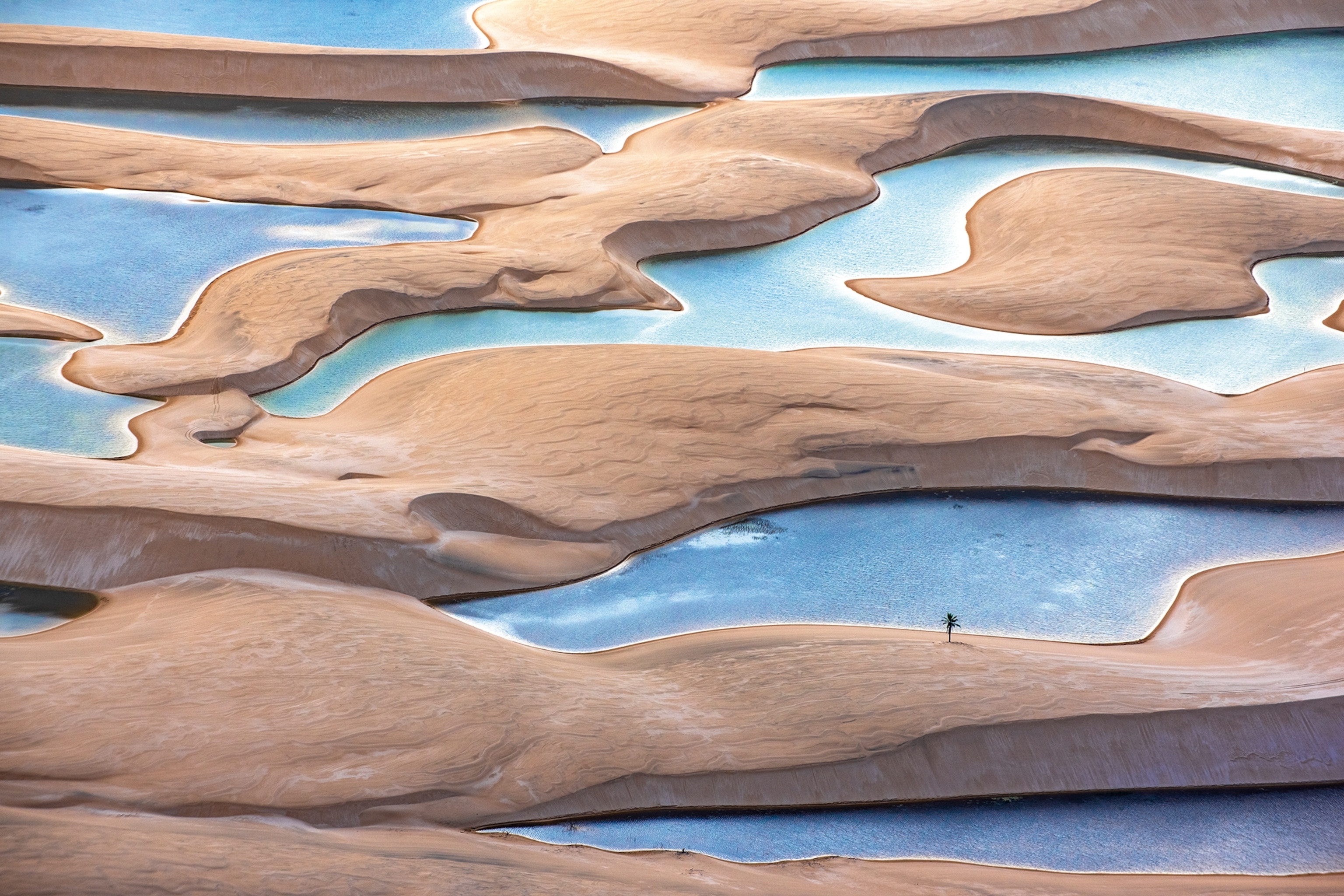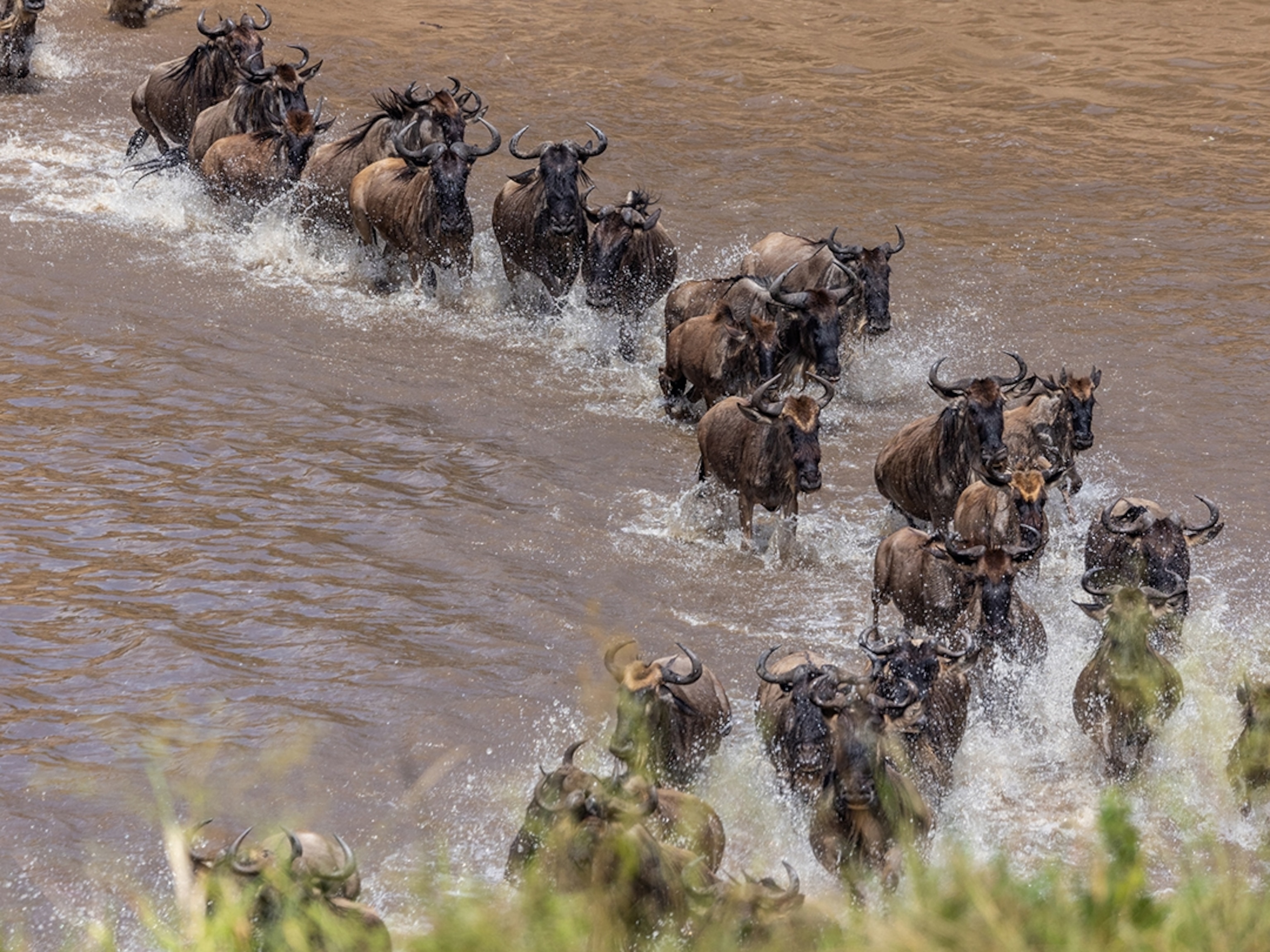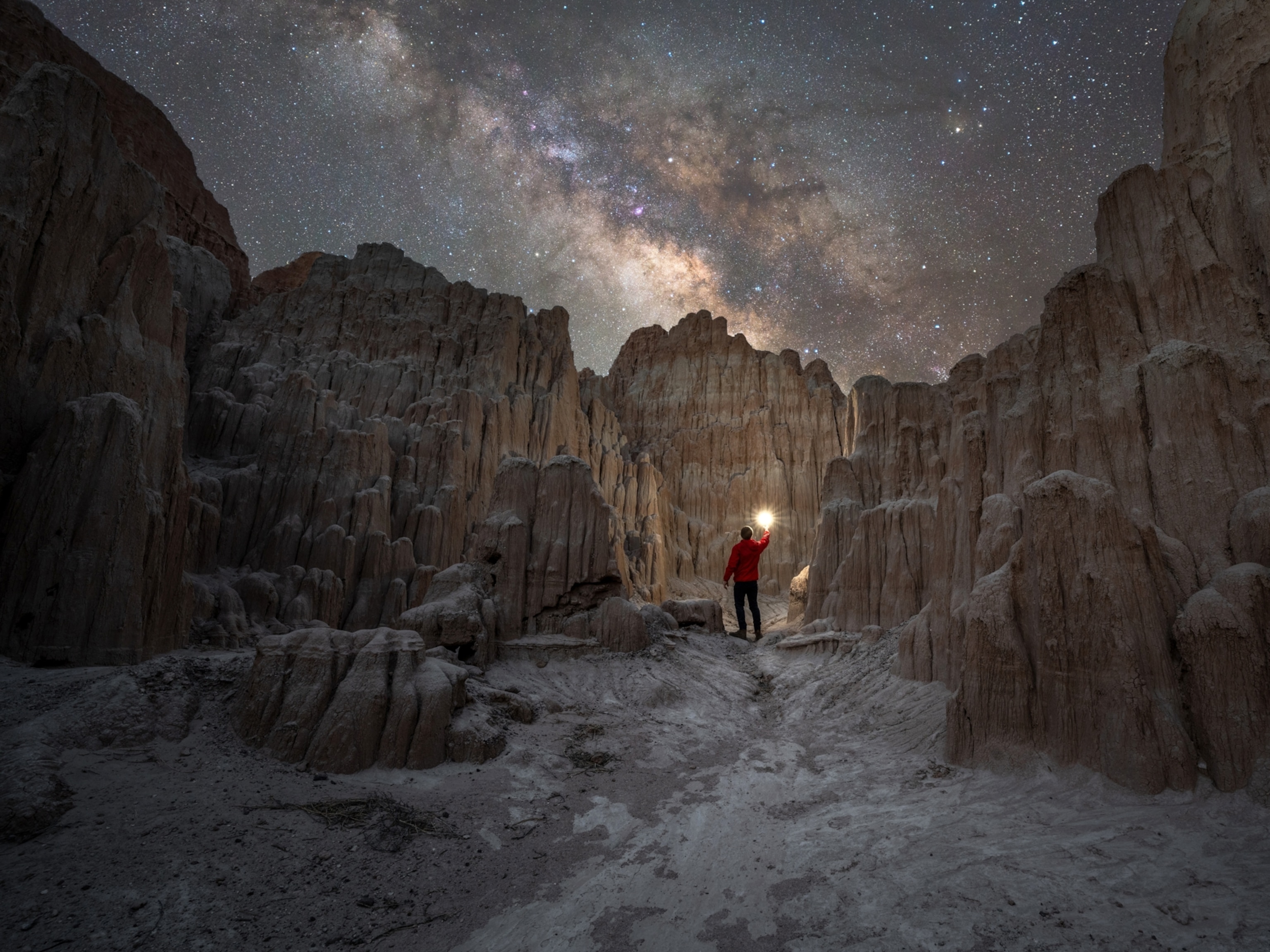7 of Brazil's greatest natural wonders, from thundering falls to surreal beaches
Brazilian landscapes are known for their drama, with thundering waterfalls, rippling sand dunes and even a Grand Canyon all lying within the country’s borders.

Home to both the world’s largest rainforest and mightiest waterfall — the Amazon and Iguazu Falls, respectively — Brazil is a place of superlatives when it comes to natural wonders, from flooded sand dunes and soaring mountains to archipelagos covered with thick forest.
Brazil’s vast ecosystems range from tropical wetlands to dry scrublands, plunging canyons to soaring plateaus — and between them, they make a home for an incredible 15–20% of all the plant and animal species on Earth, putting Brazil among the most biodiverse countries in the world. You could spend a lifetime exploring Brazil’s natural wonders; here are some of the best.
1. Lençóis Maranhenses National Park
In the rainy season, this national park offers one of the most remarkable sights in Brazil. The valleys between its towering white sand dunes fill with water creating a raspberry-ripple ocean of white sand and emerald water. This phenomenon occurs between May and September, during which time many of the lagoons are deep enough to swim in. Take a dip, and you may even find yourself with company in the form of wolf fish, which burrow into the ground during the dry season and re-emerge during each year’s flood.
2. Iguazu Falls
The Indigenous Tupi name for Iguazu Falls, ‘Y Ûasu’, means ‘big water’, which pretty much nails it — this is the biggest waterfall system in the world, and one of the most spectacular. Thundering columns cascade down staircases of rock covered in thick jungle, while sunlight casts rainbows in the almighty spray. For the ultimate immersive Iguazu Falls experience, go on a jungle walk amid the toucans, howler monkeys and capybaras of Iguazu National Park, followed by a boat trip to see the falls up close.
3. Tijuca National Park
Rio de Janeiro may be renowned as a city of nightlife and street parties, but in Brazil, nature is never far away — so it’s unsurprising to find one of the world’s largest urban forests, the Tijuca National Park, in the mountains overlooking the city’s storied southern beaches. The park contains one of the world’s most famous man-made monuments, the colossal Christ the Redeemer statue, but it’s nature that predominates here, with hiking trails winding past burbling creeks, rock faces covered with crawling vines and capuchin monkeys shaking the branches of jackfruit trees.
4. Fernando de Noronha
Even by Brazilian standards, the archipelago of Fernando de Noronha feels wondrously wild: 21 studs of rock off the shore of Pernambuco state, covered in caper bushes and broadleaf forests, all broken up by bizarre volcanic rock formations that resemble gnarled, grasping fingers. The 3,000-odd human population here is far outnumbered by the turtles, whales and other sea life that cluster the islands’ shores, including the world’s largest known population of spinner dolphins. These cetaceans are named for their acrobatic leaps through the waves — and when you set eyes on Fernando de Noronha’s picture-perfect beaches, you may well join them in jumping for joy.

5. Chapada Diamantina National Park
The ‘Grand Canyon of Brazil’ is quite a pitch, and Chapada Diamantina National Park lives up to the billing: a lost world of forested gorges and flat-topped mountains, all carpeted with dry forest, scrubby grasslands and endless fields of cactuses. On-foot adventures are the order of the day here, with a range of hikes to suit all fitness levels. The easy Ribeirão do Meio route follows the path of a forested stream for almost four miles, ending at a tumbling waterfall with a natural water slide, down which you can slip into a refreshing pool deep enough to swim in. More adventurous walkers, meanwhile, will relish the multi-day challenges on offer in verdant Pati Valley.
6. Pico de Bandeira
The highest peak in the Brazilian Highlands (and third-largest in Brazil), Pico de Bandeira (2,892m/9488ft) rewards hikers with some of the country’s finest mountain views. Billowing cloud inversions (blankets of cloud which gather in the valleys beneath mountaintops) part to reveal the pine forests and wildflower meadows of the Caparaó National Park, woven through with shimmering rivers that resemble, from this great height, a network of silvery snail trails. You’d be forgiven for thinking these rewards are available only to the most intrepid mountaineers, but the hike to the summit is surprisingly easy, open to anyone with a basic level of fitness and taking around four to six hours as a round trip.
7. Ceará’s sand dunes
In the northeastern state of Ceará, land and sea don’t meet in a violent collision of towering cliffs and crashing waves, but softly, with stretches of shallow beach rising into rows of soaring sand dunes interwoven with lagoons. The Route of the Dunes stretches for 43 miles across Brazil’s northeast coast, with the most famous dunes fringing the beach of Jericoacoara, in Ceará, where the bone-white sand reaches 100ft high. The westward view of the sun sinking over the sea – best seen from the high perch of the aptly named Sunset Dune – makes this one of the very best places in Brazil to watch the sun go down.
To subscribe to National Geographic Traveller (UK) magazine click here. (Available in select countries only).





